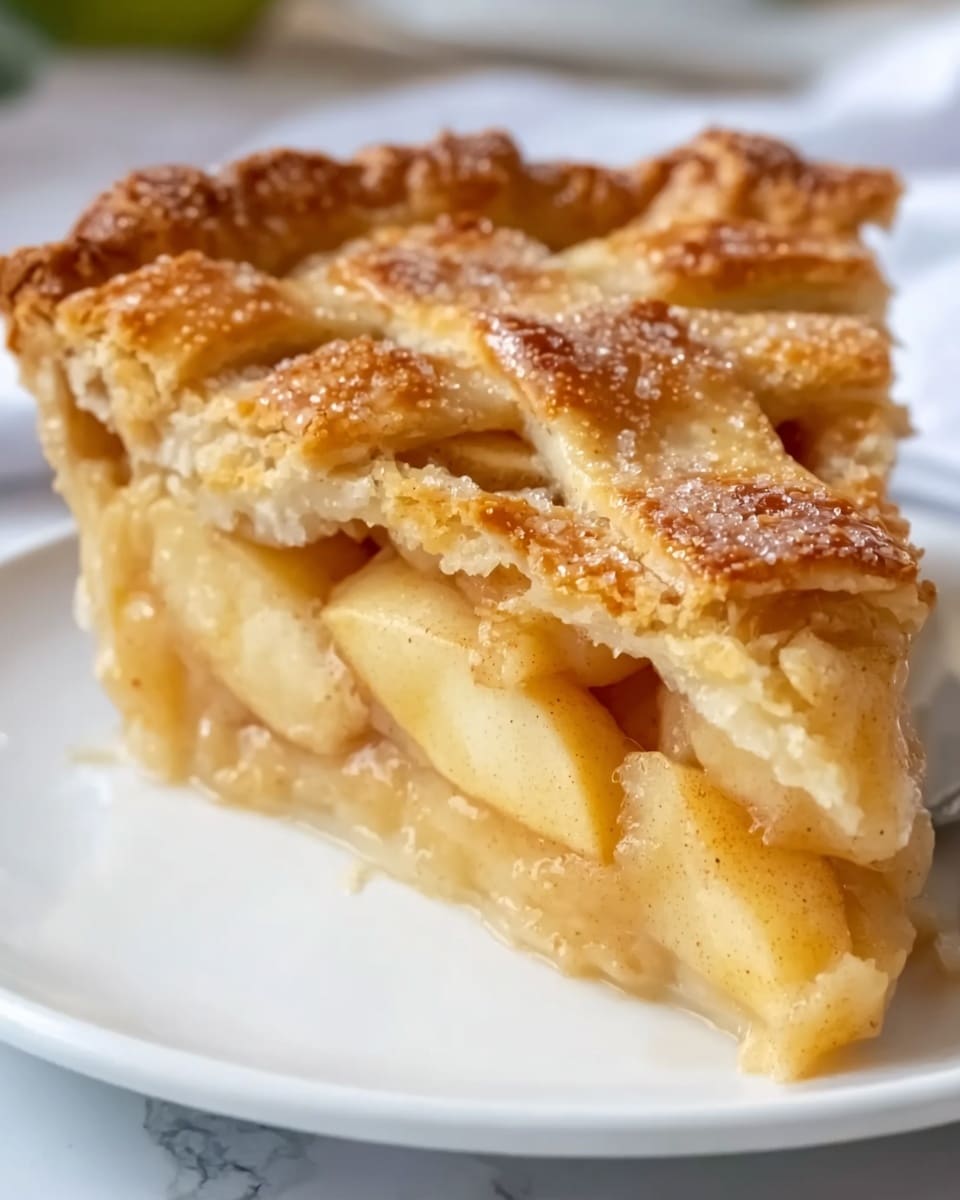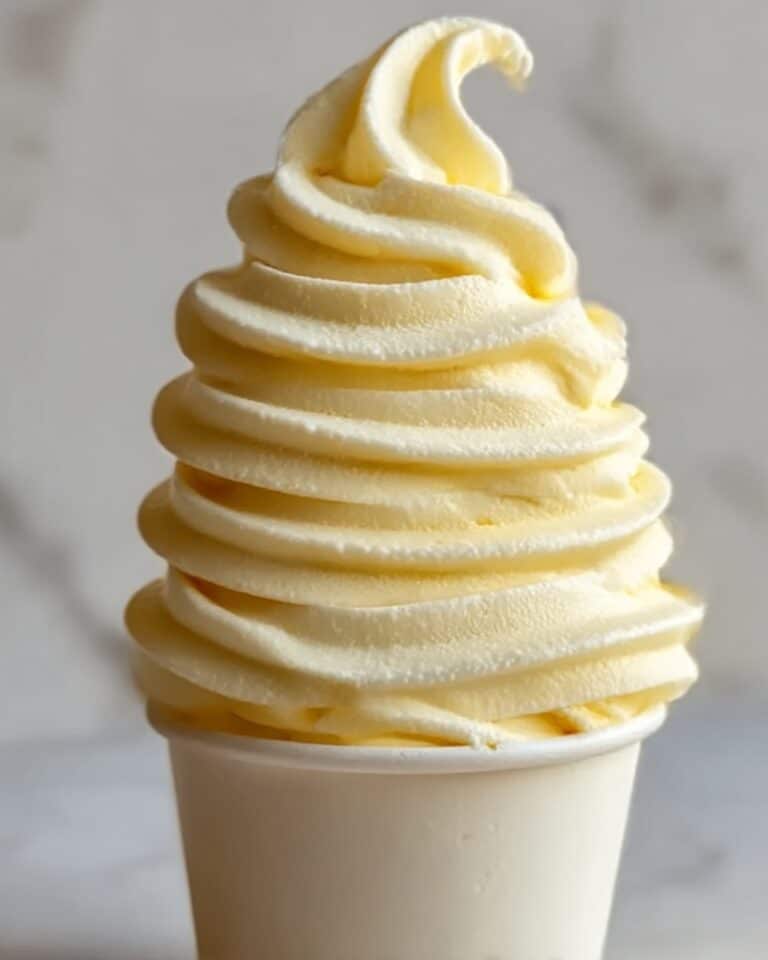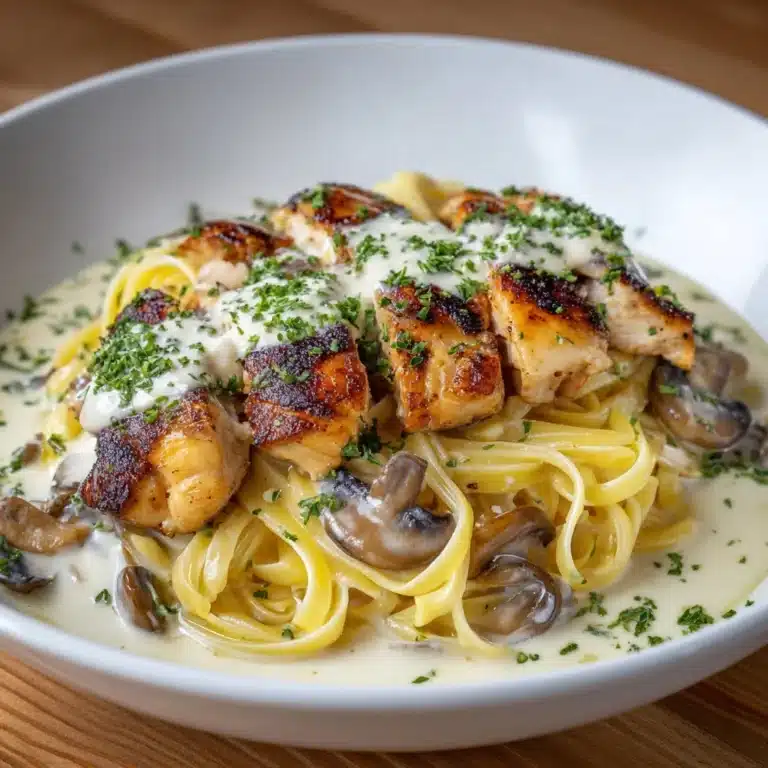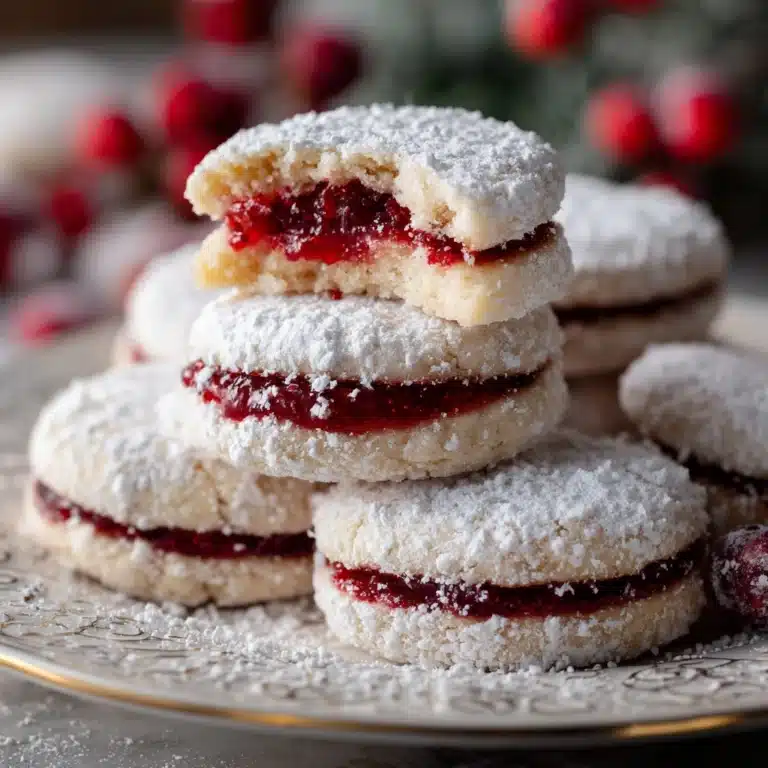If you’ve ever wanted to master the art of creating the perfect pie foundation, this Flaky Pie Crust Recipe is the answer you’ve been searching for. Imagine biting into a tender, buttery crust that shatters delightfully with every forkful, providing the ideal base for any sweet or savory filling. This recipe is simple yet so essential, capturing that incredible flaky texture that makes pies irresistible. Whether you’re a baking beginner or a seasoned pro, this recipe will quickly become your go-to for flawless, flaky pie crust every time.
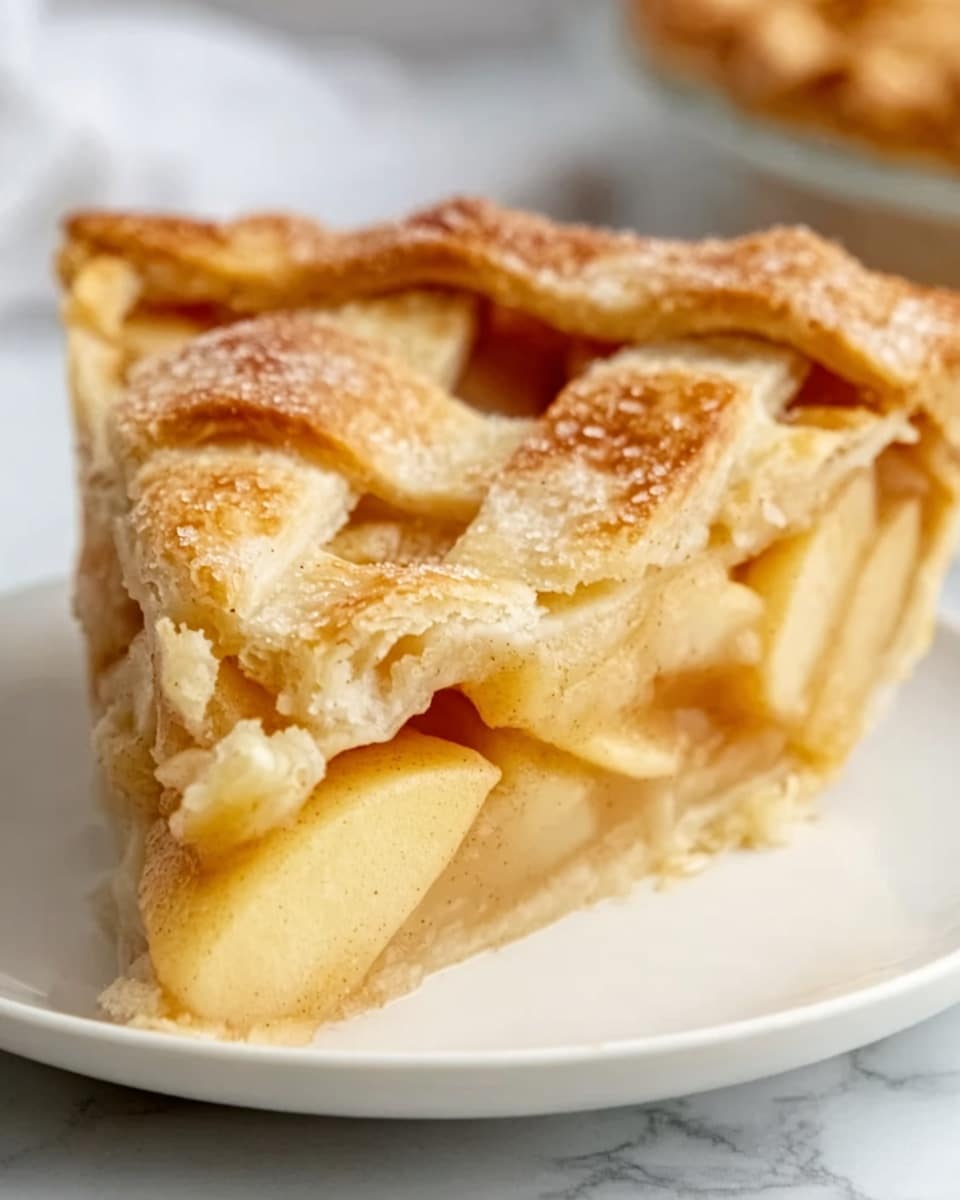
Ingredients You’ll Need
The magic of this Flaky Pie Crust Recipe starts with a handful of simple, everyday ingredients. Each one plays a crucial role: the flour forms the structure, the cold butter delivers flakiness and rich flavor, salt balances the sweetness and enhances taste, while a touch of sugar adds a subtle hint of sweetness for dessert pies. Ice water is the final touch, binding everything just enough without melting the butter, ensuring those beloved flaky layers.
- 2 1/2 cups all-purpose flour: Provides the sturdy yet tender base of the crust.
- 1 teaspoon salt: Enhances all the other flavors and prevents the crust from tasting bland.
- 1 teaspoon granulated sugar (optional): Perfect for adding a subtle sweetness in sweet pies.
- 1 cup unsalted butter, cold and cubed: The star ingredient for flaky, buttery layers.
- 6–8 tablespoons ice water: Helps bind the dough while keeping the butter cold for that signature flakiness.
How to Make Flaky Pie Crust Recipe
Step 1: Mix Dry Ingredients
Start by whisking together the flour, salt, and sugar (if you’re making a sweet crust) in a large mixing bowl. This evenly distributes the seasonings and prepares your flour base for incorporating the butter.
Step 2: Cut in Butter
Add the cold, cubed butter to your flour mixture. Using a pastry cutter or your fingers, quickly work the butter into the flour until you see coarse crumbs with some pea-sized butter pieces remaining. These bits of butter are what bake into flaky pockets in your crust, so be gentle keeping them intact.
Step 3: Add Ice Water
Slowly drizzle the ice-cold water over the mixture, just a tablespoon at a time, while tossing with a fork. Stop adding water as soon as the dough starts to come together. This ensures you don’t overwork the dough or melt the butter, both of which could compromise your flakiness.
Step 4: Form Dough
Gather all the dough gently into two rough disks, wrapping each tightly in plastic wrap. Chill them in the refrigerator for at least one hour. This resting period is key for relaxing gluten and solidifying the butter again, helping your dough roll out easily and bake perfectly crispy.
Step 5: Roll Out
When ready, lightly flour your work surface and roll one disk out into a 12-inch circle. This size allows you to line a 9-inch pie pan with a slight overhang. The chilled dough should roll out smoothly without sticking or tearing.
Step 6: Assemble Pie and Bake
Use the rolled crust as a base for your favorite pie recipe. Whether you want a single crust filled and baked or a double-crust pie with the top sealed and decorated, this crust holds up brilliantly. Follow your specific pie filling’s baking instructions, and watch as the crust turns a beautiful golden brown with undeniable flakiness.
How to Serve Flaky Pie Crust Recipe
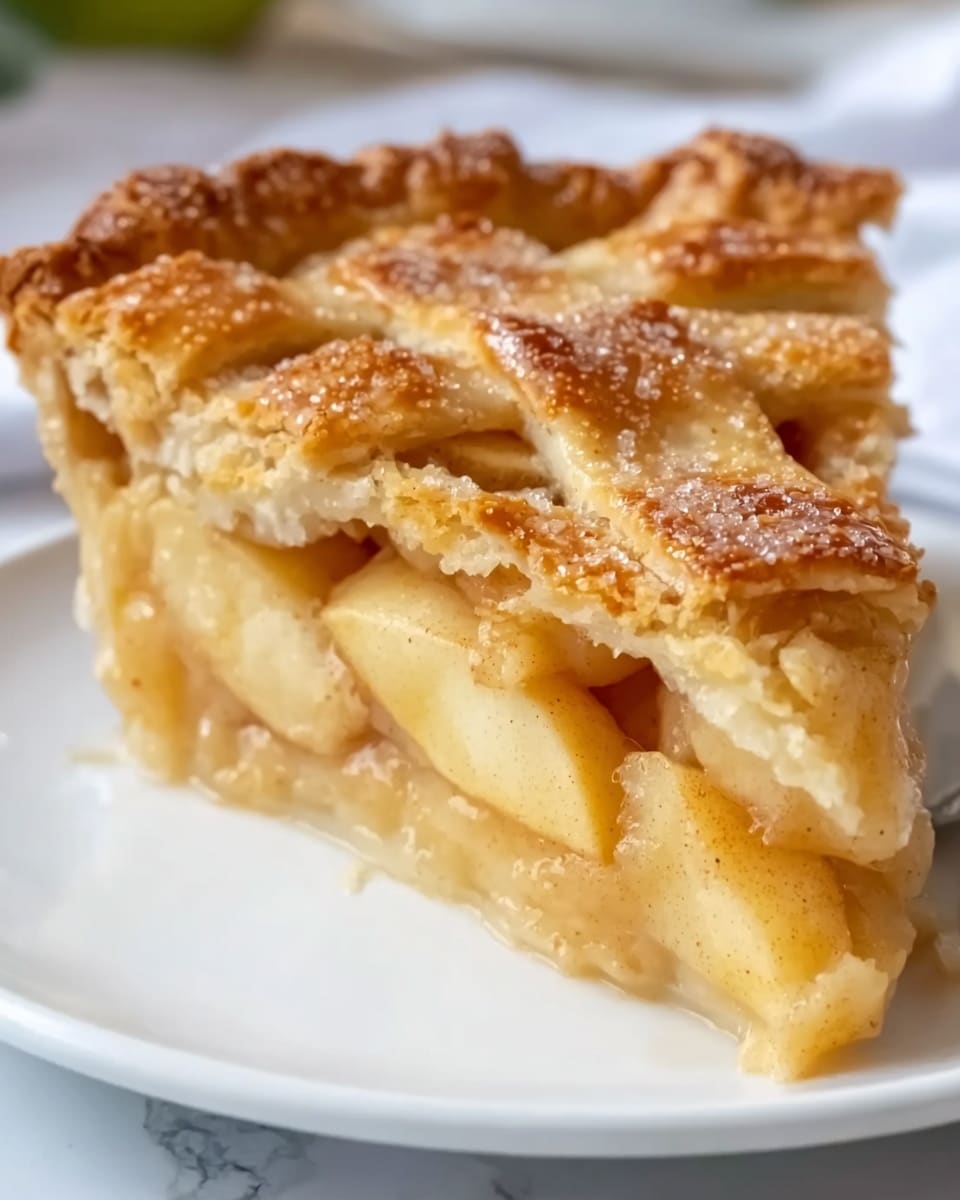
Garnishes
While the crust shines on its own, a sprinkle of coarse sugar before baking adds a delicate sparkle and slight crunch for sweet pies. For savory pies, fresh herbs like thyme or rosemary pressed lightly onto the crust before baking can add an alluring aroma and flavor boost.
Side Dishes
A pie featuring this flaky crust pairs beautifully with simple sides. For savory pies, a crisp green salad or roasted seasonal vegetables balance the richness. When serving sweet pies, vanilla ice cream or a dollop of whipped cream creates a perfect harmony of textures and flavors.
Creative Ways to Present
Elevate your pie presentation by trimming the crust edges with fun shapes or crimping them with a fork for a rustic look. Lattice tops made of strips of flaky dough can showcase the filling enticingly, showing off your baking prowess with style and elegance.
Make Ahead and Storage
Storing Leftovers
If you happen to have leftover pie crust dough, keep it wrapped tightly in plastic in the refrigerator for up to two days. For baked pies, cover any leftovers with foil or plastic wrap and refrigerate for up to three days to maintain freshness without drying the flaky layers.
Freezing
This Flaky Pie Crust Recipe freezes beautifully. Wrap dough disks tightly in plastic and place them in a freezer bag. They can be frozen for up to three months. When ready to use, thaw overnight in the fridge and roll out as usual, still delivering that coveted flaky texture.
Reheating
To reheat baked pies made with this crust, place them in a 350°F oven for about 15 minutes to refresh the flakiness and warm through without making the crust soggy. Avoid microwaves which can turn crusts chewy and limp.
FAQs
Can I use margarine or shortening instead of butter?
Butter is preferred for the rich flavor and flakiness it imparts, but you can substitute with shortening or a combination of butter and shortening. Just keep it cold and cut it in the same way to help maintain flaky layers.
Why is it important to keep butter cold?
Cold butter creates steam pockets as it melts during baking, which gives the crust its flaky texture. If the butter melts into the flour before baking, the dough becomes dense rather than flaky.
What if my dough cracks when rolling out?
Chill the dough longer before rolling or add a teaspoon of ice water at a time to help hydrate it. Also, let the dough rest at room temperature for a few minutes if it’s too cold to roll smoothly.
Can I make this crust gluten-free?
Yes, but you’ll need to use a gluten-free flour blend designed for baking, and the texture may vary slightly. Adding a binding agent like xanthan gum often helps mimic the elasticity of gluten.
How do I prevent the bottom crust from getting soggy?
Blind baking the crust before adding wet fillings creates a barrier that keeps it crisp. You can also brush the crust with a beaten egg white and bake briefly before filling to seal it well.
Final Thoughts
This Flaky Pie Crust Recipe is truly a baking game changer — easy to make and reliably delicious every time. Once you master these steps, you’ll bring an extra level of joy to every pie you create. So grab your rolling pin and cold butter, and get ready to impress your family and friends with pie crust that is nothing short of perfection.
Print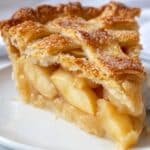
Flaky Pie Crust Recipe
- Total Time: 1 hour 15 minutes
- Yield: 1 double crust (enough for one 9-inch pie) 1x
Description
This classic flaky pie crust recipe produces a tender and buttery base perfect for both sweet and savory pies. Made with simple ingredients like all-purpose flour, cold butter, and ice water, this crust achieves a delicate, flaky texture by cutting cold butter into the flour and chilling the dough before rolling. Ideal for blind baking or filling, it sets the foundation for any pie, from fruit-filled desserts to quiches.
Ingredients
Pie Crust Ingredients
- 2 1/2 cups all-purpose flour
- 1 teaspoon salt
- 1 teaspoon granulated sugar (optional, for sweet pies)
- 1 cup unsalted butter, cold and cubed
- 6–8 tablespoons ice water
Instructions
- Mix Dry Ingredients: In a large mixing bowl, whisk together the all-purpose flour, salt, and granulated sugar if you’re making a sweet pie. This ensures an even distribution of dry ingredients.
- Cut in Butter: Add the cold, cubed unsalted butter to the flour mixture. Use a pastry cutter or your fingers to blend until the mixture resembles coarse crumbs with pea-sized chunks of butter visible. The cold butter helps create flakes in the crust.
- Add Ice Water: Slowly drizzle in 6 to 8 tablespoons of ice water while tossing the mixture with a fork. Add just enough water until the dough starts to come together and can hold its shape without being wet or sticky.
- Form Dough: Gather the dough into a ball, then divide it into two equal disks. Wrap each disk tightly in plastic wrap and refrigerate for at least 1 hour to chill, allowing the gluten to rest and the butter to firm up.
- Roll Out: On a lightly floured surface, roll out one chilled disk into a 12-inch circle, large enough to fit a 9-inch pie pan. Trim any excess dough around the edges, leaving a slight overhang for crimping.
- Assemble Pie: Transfer the rolled dough to your pie pan and gently press it into place. Use this crust as needed for single or double-crust pies. You can proceed with blind baking or adding your desired pie filling according to your specific recipe.
- Bake: Follow the baking instructions of your individual pie recipe. This pie crust can be baked blind or baked along with the pie filling depending on your pie type.
Notes
- Keep all ingredients as cold as possible to achieve maximum flakiness in the crust.
- Do not overwork the dough to avoid developing gluten, which can make the crust tough.
- Resting the dough in the refrigerator for at least an hour helps hydrate the flour and solidify the butter.
- The optional sugar is best included for sweet pies; omit it for savory pies.
- If the dough feels too dry during rolling, you can sprinkle a small amount of ice water to soften it slightly.
- For blind baking, use pie weights or dried beans to prevent the crust from puffing.
- Prep Time: 20 minutes
- Cook Time: 15 minutes (if blind baking)
- Category: Dessert
- Method: Baking
- Cuisine: American
